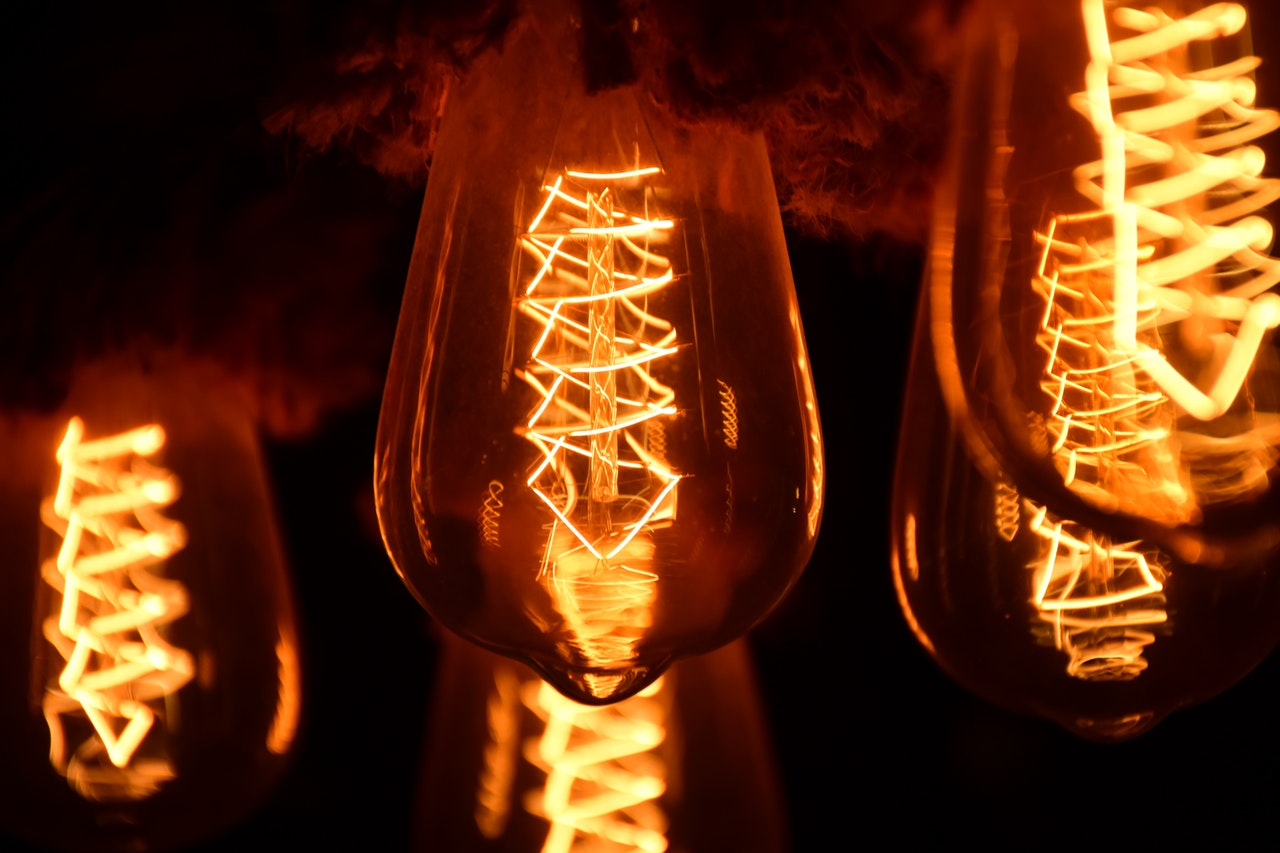Summer heatwaves across the country tested whether America’s ageing electrical grid could keep up with demand, a problem scientists say will be exacerbated by climate change as major hurricanes, wildfires and other weather events increase in frequency, disrupting power generation and transmission.
Meeting the growing power needs of US consumers requires the increased generation and transmission capacity, resiliency, and more innovative management.
Safety, recreation, work, and now more than ever, education heavily depend on a power grid that can supply and maintain electricity without interruption.
However, extreme weather events and natural disasters caused by climate change disrupt the network and create many problems for its operation.
The power grid has traditionally been designed with two goals: reliability and economy. Reliability is the ability of a network to continue supplying and delivering electricity in the event of limited equipment downtime, for example, if one or two transmission lines are down.
The economic goal of the grid is to select the cheapest combination of generation to produce electricity, taking into account the physical and technical constraints of the grid and the various generating units.
Over the past century, electricity companies have been largely successful in achieving these two goals. However, the increasing frequency and intensity of natural disasters caused by climate change require consideration of another equally important goal: resilience.
Resilience is defined as the ability of a power system and its components to withstand and adapt to disruptive events and recover quickly from them. Resilience comes at a cost, and the growing number of disasters only exacerbates the situation.

